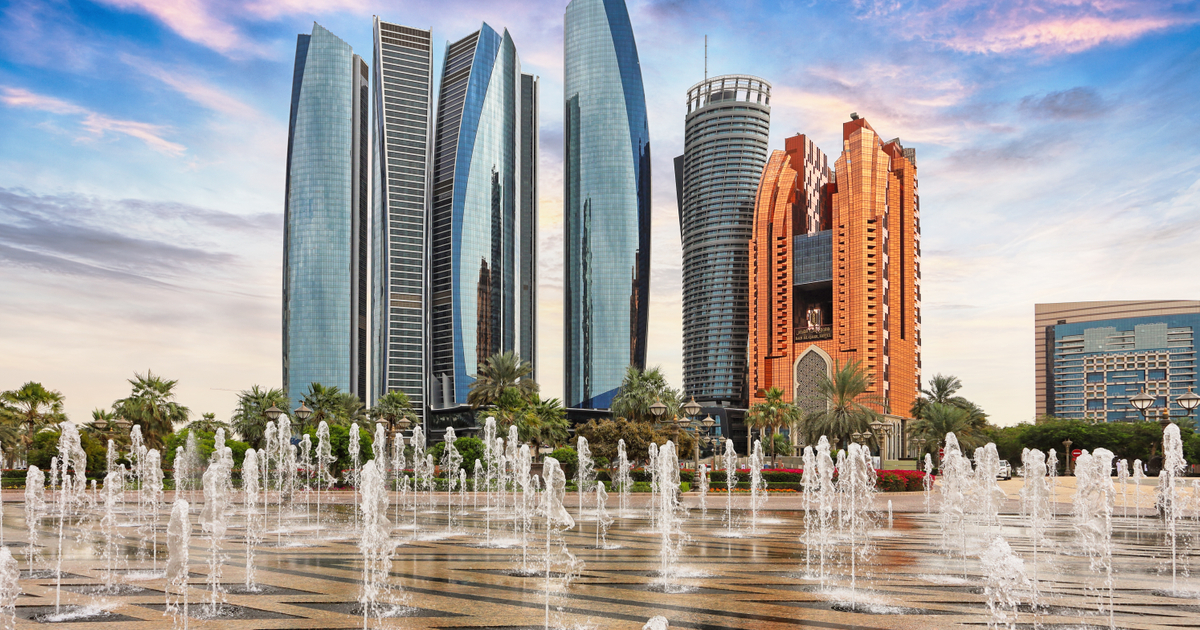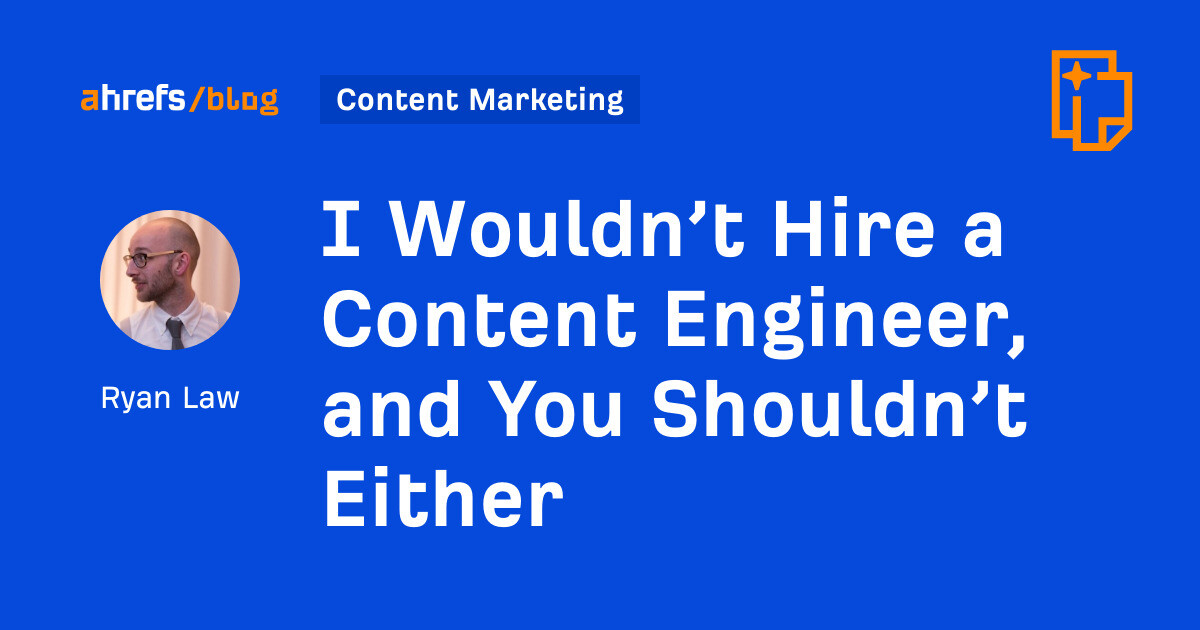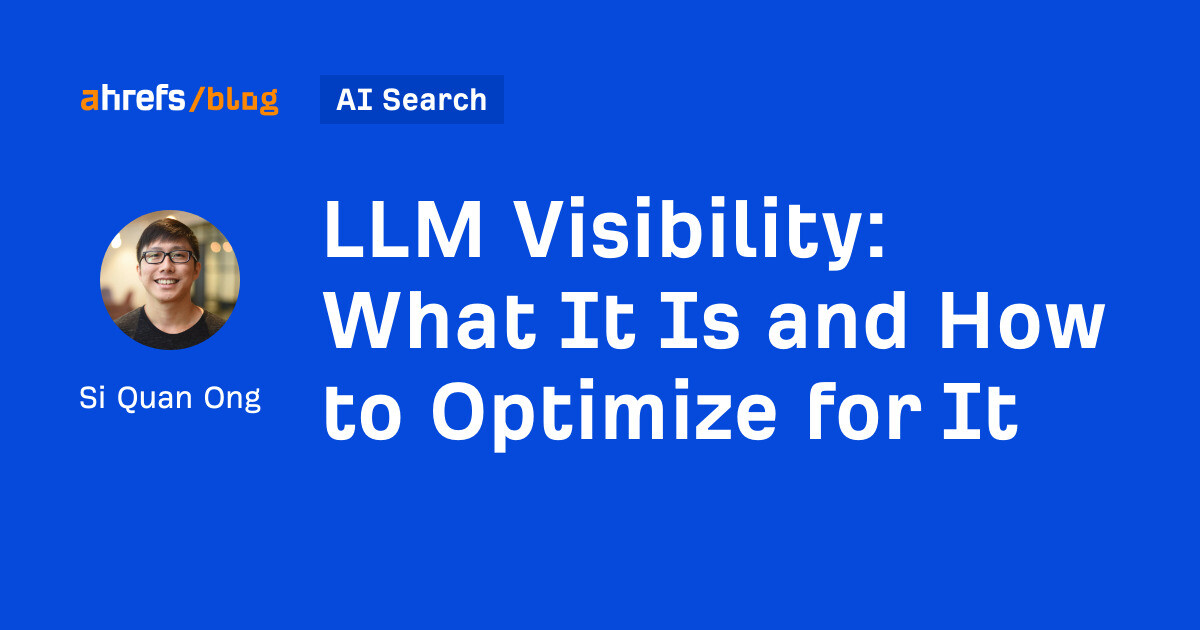Young creatives and AI—why technology isn’t coming for our jobs
AI challenges us to be better, democratizes creativity itself and allows us to reach new creative heights.

Have you heard of Dispo? Dispo is a photo-sharing and social networking app that lets you take digital photos with a Polaroid-like filter. I’ve taken hundreds of Dispo portraits and almost every single one comes out spectacular, with zero editing whatsoever. Many people have even commented “that’s the best photo ever taken of me.”
I’d like to think I’m a skilled photographer. But I’m not. I’ve never taken a formal photography class. I know nothing about photography principles. I don’t own a high-quality camera.
I’m just a guy with a camera on his mobile phone. A guy with a tool that unlocks creative skills I didn’t even know I had.
What does Dispo have to do with the future of creativity?
It’s that the future of creativity involves technology.
Many advertising and creative professionals are worried about the future of their jobs with the proliferation of AI. Open AI founder Sam Altman agrees, arguing on Guy Raz’s “How I Built This” podcast last Fall that “creative jobs will be the first jobs to go.”
There’s no denying creative AI has come a long way in a short time. AI has come a long way since the rudimentary text-to-image AI generators of 2015.
In 2023, platforms such as DALL-E and MidJourney are creating striking images in a matter of seconds with just a few text prompts. What might take an artist hours to draw by hand can be done by AI almost instantly.
It’s truly incredible, but also incredibly daunting for young creatives just starting their careers. AI will inevitably expand its talent from art to other mediums such as writing and creative direction. What started as a replacement for medial, monotonous tasks has now scaled to the once untouchable discipline of creativity.
As powerful as it may seem, AI isn’t coming from our jobs. But it will fundamentally change how we create and, like any trying moment in history, we must adapt to the circumstances:
Technology takes longer than you think
While AI art has already surpassed expectations, that doesn’t mean that it’s perfect. Tech pioneers often preach about the “next big thing.” For example, pioneers of artificial intelligence Herbert Simon and John McCarthy predicted in the 50s that by 1990, machines would have the same level of intelligence as humans. Instead, we got the MacIntosh. Or when 1970s futurists predicted robots in every home by the early 2000s. Instead, we got Roombas.
Like any great hero (product), even AI art has its own Achilles heel. And in this modern-day Odyssey, it’s not the feet, but the hands that expose the AI. For some reason, AI can’t figure out what hands look like.
AI certainly has the technological potential to upend our lives, but it will most likely take longer than we think.
AI cannot replace true creativity
What is true creativity? It’s the amplification of the rawest part of our minds.
The part that hosts our inner child, our non-logical ideas, our purest truths.
Creativity is not something you learn. It’s an innate trait in every human that you unlock.
AI can create, but it is not creative. GPT is derivative by nature; it’s only as good as the data it’s fed. When AI generates creative output, it simply regurgitates past ideas in new ways. It will always lack the expressive self-awareness of humans to invent.
When we talk about AI replacing jobs, execution-based tasks are at risk. Give AI a request such as “create an image of X” or “master the game of chess” and it can dominate humans.
But ask it to create a transformative marketing campaign for an individual brand or design an innovative new version of chess? It can spew out generic ideas based on the historical knowledge it has, but it will always lack the human context of being a child, of love and lust, of happiness and suffering, of storytelling innate to every human that leads to true novelty and creativity.
AI will help us be better creatives
If you’ve ever used ChatGPT or Mid-Journey, it feels like cheating. It almost feels like magic when you land on something beautiful or insightful.
As amazing as humans are, we are not efficient. In order to unlock something extraordinary in our minds, it takes trial and error, time, and inspiration.
Technology speeds up the process. Take the pitching process for example. If you work in a creative field, whether film or advertising or otherwise, you often pitch your ideas first.
AI allows us to show, not tell, those ideas. You can write a brief without wasting time on writer’s block. You can create visuals using AI to help you and the person you are pitching understand your vision. AI can guide the direction, help you uncover the novelty, and get you to your endpoint faster.
These new tools will complement the old. Our phones can shoot high-quality video now, but that doesn’t make all of us Steven Spielberg. Spielberg has innate traits we cannot replicate, just as humans have traits machines can’t. But has this technology encouraged new methods of filmmaking and inspired more people to try it? Absolutely.
In a similar fashion, the Dispo app allowed me to give my friends and strangers a photo that empowers them and captures their beauty, without needing perfect lighting or editing or a strong eye.
So, will creatives need to adapt to changing times? Yes. But we need to embrace the technology to come because it challenges us to be better creatives, democratizes creativity itself and allows us to reach new heights.

 Konoly
Konoly 
































